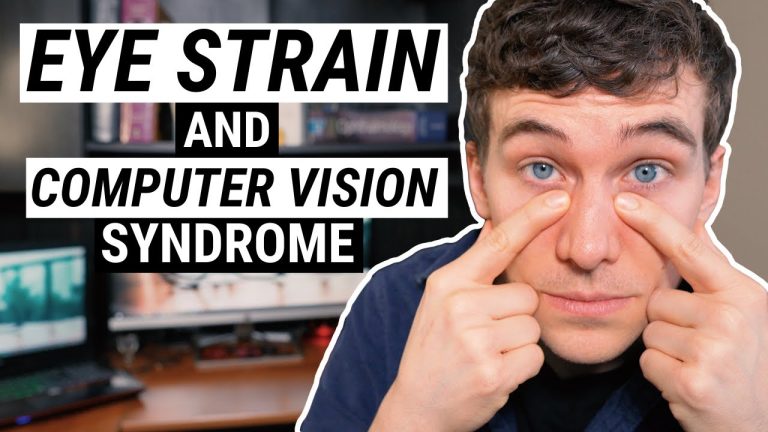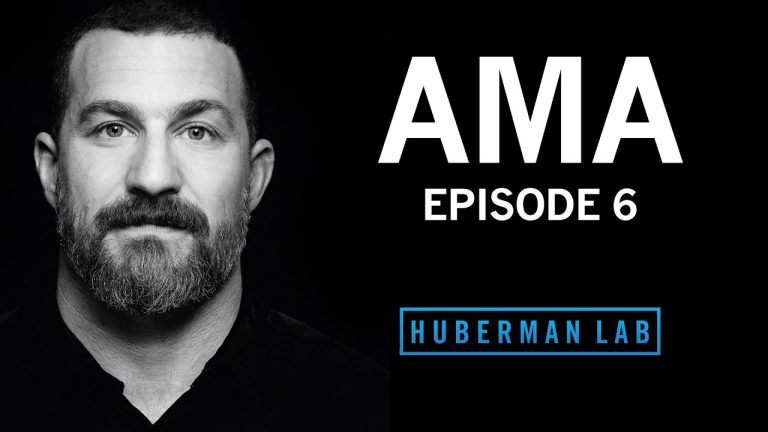Discovering the Fascinating World of Eye Anatomy: A Comprehensive Guide for Vision Care Enthusiasts
When it comes to our senses, vision is one of the most important aspects that allows us to perceive the world around us. Our eyes are one of the most complex organs in our body, capable of processing and translating images into information that our brains can understand. Understanding the anatomy of the eye can help us better care for our visual health and prevent potential eye problems.
The eye is made up of several different parts, each with its own important function. The sclera, or the white part of the eye, forms the outer protective layer of the eye. The cornea, a clear, dome-shaped layer, covers the iris and helps to focus light onto the retina. Meanwhile, the iris, the colored part of the eye, controls the amount of light that enters the eye by adjusting the size of the pupil. The lens, which sits behind the iris, further focuses the light onto the retina.
The Retina
The retina is a thin, light-sensitive layer located at the back of the eye. It is made up of millions of specialized cells that are responsible for converting light into electrical impulses that are sent to the brain for interpretation. Two types of cells in the retina, called rods and cones, make this process possible.
Rods
Rods are responsible for detecting light and dark, allowing us to see in low-light conditions. They are most abundant around the edges of the retina, and are not as useful in bright light.
Cones
Cones are responsible for detecting color and details. They are most concentrated in the center of the retina, in a small area called the macula. This is where our central vision is located, which allows us to see fine details and read text.
The Optic Nerve
The optic nerve is a bundle of nerve fibers that connects the retina to the brain. It carries the electrical impulses generated by the retina to the brain, which interprets them as images. Any damage to the optic nerve can lead to vision problems or even blindness.
Caring for Your Vision
Understanding the anatomy of the eye and how it functions can help us make better choices when it comes to our visual health. Regular eye exams are crucial for maintaining healthy vision, as they can help detect potential problems early on. In addition, wearing protective eyewear in situations where the eyes may be at risk, such as during sports, can help prevent eye injuries.
- Regular eye exams are essential for maintaining healthy vision.
- Wearing protective eyewear during sports or other risky activities can help prevent eye injuries.
- Eating a healthy diet and quitting smoking can also promote good eye health.
Most wanted in Hoya Vision:
Hoya Lens Engravings
What brand lenses does Costco use?
Which lens is better Alcon or Johnson and Johnson?
What’s the rarest eye color?
Legacy Eye Care Llc
Hoya Sensity Vs Transitions Xtractive
What’s the difference between 1.5 and 1.6 lenses?
Should eyeglasses cover eyebrows?
1.53 Trivex Impact Resistant
Wide Corridor Progressive Lenses
















